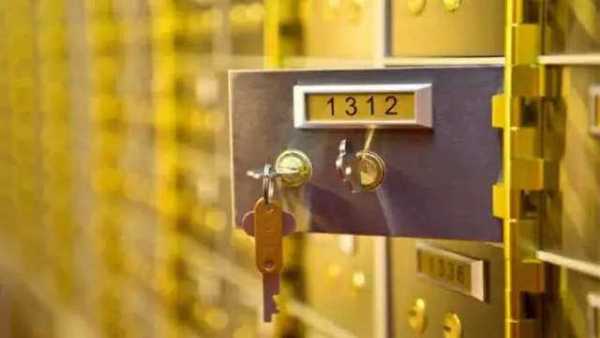
Bank lockers are a reliable way to safeguard your valuables and important documents. When you rent a locker, the bank provides a key, granting only you access. But what happens if you lose the key? Here's everything you need to know about handling this situation, including the steps, costs, and rules involved.
What to Do If You Lose Your Bank Locker Key
Notify the Bank Immediately: Inform your bank as soon as possible about the lost key.
File an FIR: Visit the nearest police station to file an FIR for the missing key. This step is essential to initiate the recovery process.
How to Access the Locker Without the Key
- Duplicate Key: The bank might provide a duplicate key, if available.
- Breaking the Locker: If a duplicate key cannot be issued, the bank can break the locker with your written consent. The locker contents are then transferred to a new one, and you’ll be issued a new key. Note that you’ll bear the costs for breaking and repairing the locker.
Rules for Breaking a Locker
- The process must occur in the presence of the customer and a bank representative.
- For joint accounts, all account holders must be present or provide written consent if unavailable.
When Banks Can Break Lockers Without Your Consent
Banks have the authority to break a locker under specific circumstances, such as:
- Non-payment of Rent: If locker rent is unpaid for three consecutive years, the bank may break it to recover dues.
- Inactivity: If a locker remains unused for seven years, banks can open it, even if rent payments are up-to-date.
Lockers and Criminal Investigations
In cases involving criminal investigations, banks and law enforcement can break a locker without the customer’s presence if it is believed to contain evidence.
By acting promptly and staying informed about these rules, you can navigate the challenges of losing a locker key while protecting your valuables.
 Bank lockers are a reliable way to safeguard your valuables and important documents. When you rent a locker, the bank provides a key, granting only you access. But what happens if you lose the key? Here's everything you need to know about handling this situation, including the steps, costs, and rules involved.
What to Do If You Lose Your Bank Locker Key
Bank lockers are a reliable way to safeguard your valuables and important documents. When you rent a locker, the bank provides a key, granting only you access. But what happens if you lose the key? Here's everything you need to know about handling this situation, including the steps, costs, and rules involved.
What to Do If You Lose Your Bank Locker Key